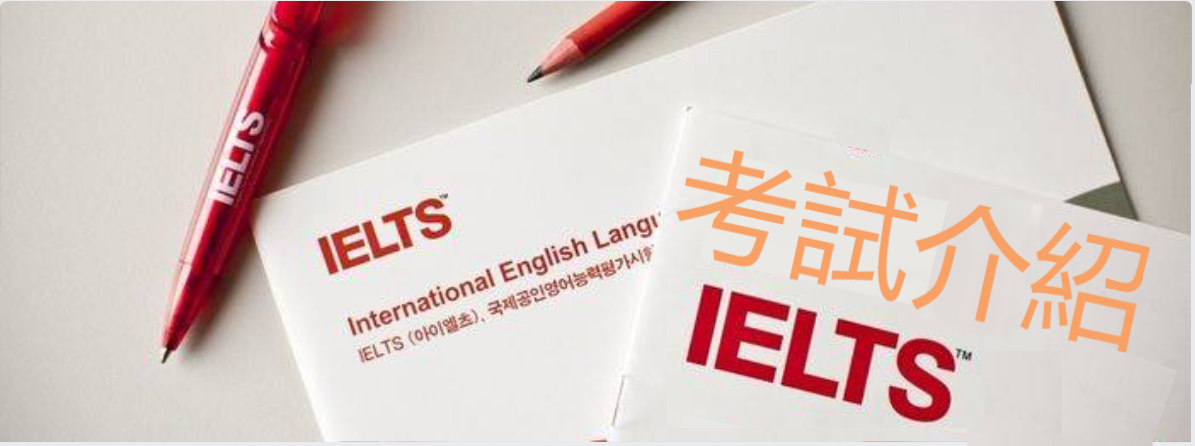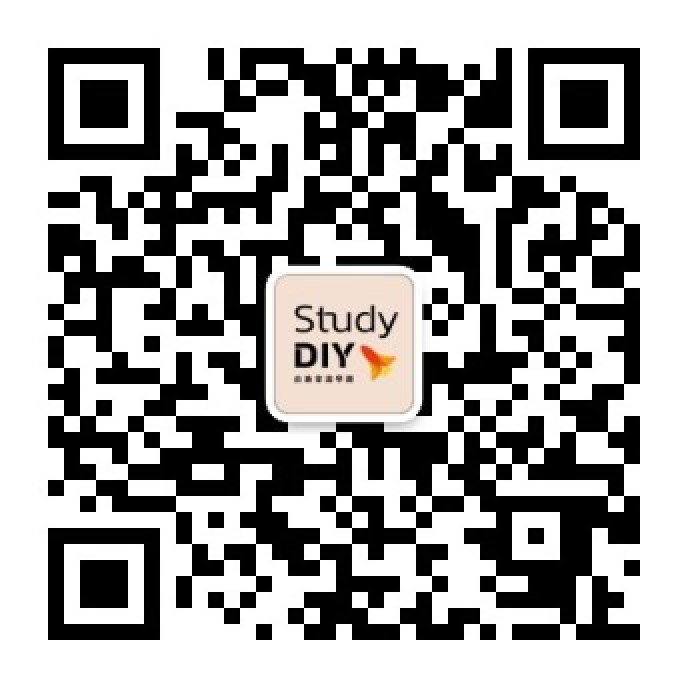
IELTS Exam Introduction
The IELTS exam (The International English Language Testing System) is an English proficiency test jointly organized by the British Council, IDP Education Australia, and Cambridge English Exams. The exam content is primarily developed by Cambridge ESOL. IELTS is an internationally recognized proof of English proficiency required for higher education admission. Students who wish to apply to study in English-speaking countries can take the Academic IELTS. For those applying to UK universities for courses such as Foundation programs, Pre-Master programs, or English preparatory courses, they need to take the IELTS for UK Visas and Immigration (IELTS for UKVI). The IELTS UKVI exam content is the same as the regular IELTS exam, with the addition of full video recording during the exam process.
In recent years, IELTS has also introduced computer-based testing. The listening, reading, and writing sections are taken on the computer, while the speaking test is conducted face-to-face with an examiner. The computer-based test shortens the waiting time for results and offers more test dates to choose from. However, the order of the sections may change, and there are no paper-based answer sheets to mark on, so it is still recommended for test-takers to choose the traditional paper-based test format. Each section of the IELTS is scored independently, with scores ranging from 1 to 9. The overall score is the arithmetic average of the individual section scores, also ranging from 1 to 9. The total test time is approximately three hours.


IELTS Exam Content (Academic Module)
Part 1: Reading
The reading section consists of three long passages, with difficulty ranging from easy to hard, and each passage contains between 2000-2750 words. The IELTS reading test focuses on finding answers and understanding the content rather than testing grammar. The passages are usually extracted from actual books, journals, or newspapers. There are 40 questions in total, and the test duration is 60 minutes.
The types of questions include:
- List of Headings (Headings Matching)
- True/False/Not Given or Yes/No/Not Given (True/False/Not Given Judgment)
- Summary (Summary/Fill in the Blanks)
- Matching (Matching)
- Multiple Choice (Multiple Choice Questions including Single and Multiple Answers)
- Sentence Completion (Sentence Completion)
- Short-answer Questions (Short-answer Questions)
- Diagram/Flow Chart/Table Completion (Filling Diagrams/Tables)
Part 2: Listening
The listening section consists of four parts: daily life conversations, daily life monologues, 2-4 person conversations in educational or training settings, and academic monologues, with increasing difficulty. Each part has 10 questions, primarily focusing on whether the student understands the content, the perspectives, and opinions in the conversation. The listening test includes various accents from different countries, so students need to be familiar with different accents. The total listening time is 40 minutes, with an additional 10 minutes for transferring answers. Test-takers can view the questions during the listening playback, which helps them predict some of the answers and makes it easier to respond.
The question types include:
- Multiple choice(Single and multiple-choice questions)
- Map completion (Map questions)
- Diagram Labeling (Diagram labeling questions)
- Form Completion (Form filling questions)
- Note Completion (Note-taking questions)
- Flow Chart completion (Flowchart questions)
- Sentence Completion (Sentence gap-fill questions)
- Summary Completion (Summary questions)
- Short answer questions (Short answer questions)
- Table Completion (Table questions)
Part 3: Speaking
A one-on-one conversation with the examiner. There are three parts in total. The first part is basic questions, mainly asking about topics such as family, interests, major, friends, etc., general daily questions, which can be considered a casual conversation, lasting about 4-5 minutes; the second part involves a specific topic card, with 1 minute for note-taking and 2 minutes to answer. The candidate must logically address all the points on the card. The purpose is to test the ability to give a longer speech in English; the third part involves follow-up questions from the second part, requiring more in-depth discussion to express viewpoints. The language should not be too casual. Each answer should last 45 seconds to 1 minute. The speaking test lasts a total of 11-14 minutes. The test can be taken on the same day as the other three sections or within seven days before or after the other sections. The entire process is recorded.
Fourth Part: Writing
The writing test time is 60 minutes, divided into two parts. The first part, Task 1, involves one or more tables, line graphs, pie charts, or diagrams. Candidates are required to look at the charts, analyze, organize information, or describe the key points of the charts. The word count requirement is 150 words or more, and it is recommended to complete it within 20 minutes. The second part, Task 2, requires writing an essay to respond to the argument in the question. Candidates may need to propose solutions, prove an argument, or evaluate and refute a viewpoint. The word count requirement is 250 words or more, and it is recommended to complete it within 40 minutes, including time for checking and counting words. Both parts must be answered in formal writing style.
Task 1 question types include:
- Line graph
- Bar chart
- Pie chart
- Table
- Flowchart
- Map

IELTS Registration Information
1. The cost for the general academic test is 7200 TWD, and IELTS UKVI costs between 7785~7820 TWD. (The cost varies based on the exchange rate of the British Pound and is subject to the prices published on the official websites of BC and IDP).
2. Before registering online, you need to join as a member and prepare your passport and credit card.
3. The registration deadline is 7 days before the test date. If it is an IELTS computer-based test and the selected time slots are not full, candidates can register until 3 days before the test date.
4. To change or cancel your registration, if you apply for postponement or cancellation 5 weeks before the test, you can receive a refund, but an administrative fee will be deducted; if you wish to change or cancel within 5 weeks, BC and IDP have different rules, and the latest regulations should be checked on their official websites.
IELTS Exam Information
1. Students can log in to the BC or IDP website to check their results 13 days after the test. The validity of the results is two years, and the final official score report is the authoritative document.
2. Students will only receive one official score report. If the score report needs to be sent to schools, candidates can provide up to five schools or institutions during registration, and the exam center will send it. Candidates only need to pay for postage (for UK schools, a photocopy is usually sufficient, so additional requests are not necessary).
3. If candidates have concerns about their scores, they can apply for a re-evaluation at the exam center within 6 weeks of the test date. The fee ranges from 3200 to 4900 TWD, and the re-evaluation usually takes 2-4 weeks (IDP may take 4-6 weeks). If the re-evaluation result does not change the score, the re-evaluation fee will not be refunded.




 Study Abroad in Different Countries
Study Abroad in Different Countries Popular Majors
Popular Majors Application Process
Application Process Study abroad exam
Study abroad exam Visa Application
Visa Application Study Abroad Life
Study Abroad Life








 Study in the USA
Study in the USA Study in Australia
Study in Australia Study in the UK
Study in the UK Study in the Netherlands/Ireland
Study in the Netherlands/Ireland Study in Canada
Study in Canada Conditional Admission
Conditional Admission



